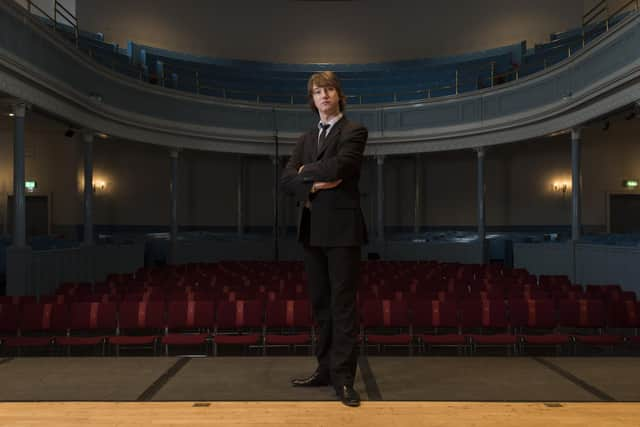Music review: SCO & Maxim Emelyanychev, Perth Concert Hall
SCO & Maxim Emelyanychev, Perth Concert Hall ****
It's a mistake to dismiss Mendelssohn as a greyish figure among the great symphonists of the 19th century. That’s to assume that his adherence to regular symphonic diktat suppressed the freedom of spirit lurking within. It simply takes a curious and energetic mind like Maxim Emelyanychev’s to tackle the music afresh and reveal all that glitters in the short-lived composer’s music.
In a breezy all-Mendelssohn programme by the SCO, its chief conductor pressed that very point, firstly in the Fourth Symphony, the “Italian”, written in response to the 1830 Italian leg of the composer’s extensive Grand European Tour. Emelyanychev focused imaginatively on the symphony’s abundant blue sky textures, homing in on its most delicious details, golden snatches of usually concealed tunefulness emerging freely and confidently from the wind, short sharp brass blasts like rhetorical exclamation marks.


Advertisement
Hide AdAdvertisement
Hide AdThere were slight moments of unease – an initial head-over-heels scurrying by the strings, and a third movement that responded impatiently to Emelyanychev’s insistence on beating a hurried three, rather than leisurely one-in-the-bar. Otherwise, it was a lively, seething performance, brisk without bullishness, tasteful but gripped by a pert, intoxicating individualism.
As was Mendelssohn’s Incidental Music to A Midsummer Night’s Dream, which featured the fresh-sounding female sections of the SCO Chorus and delicate solo sopranos Hilary Cronin and Jessica Cale in the remainder of the concert. Once again, the delivery was lithesome and lucid, the silken magic of the overture instantly captured by those timeless, scene-setting wind chords and string playing that boasted featherlight precision.
Shifting, inventive colours more than made up for minor split notes on trumpet and natural horn. And how interesting to hear the 19th century ophicleide (precursor to the tuba) adding its fruitiness to the brass mix.